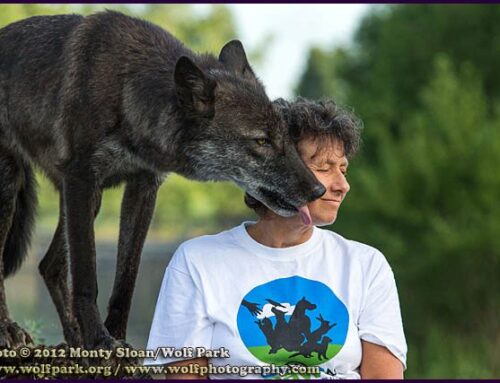
Although Sunny will likely always be limited in some ways by the deprivation of his early life, and possibly a genetic predisposition to startling easily, like a person who is short can find ways to reach the cans on the top shelf of the cupboard, Sunny too has been able to find ways to achieve certain goals despite his disadvantages. His brain has changed.
Not too long ago it was thought that the brain that you were born with was the brain you had for the rest of your life, you could take advantage of what you had, or not. Now it is understood that brains are far more plastic than anyone ever realized. You can make a brain better through stimulation, stimulation that does not cause chronic stress. This interview with Robert Sapolsky looks at stress.
What is stimulating to a brain? Just about everything! Sounds, smells, physical sensation, movement, problem solving and novelty. A major problem for many dogs is that they did not experience novelty during early brain development. Being stuck in a cage at a puppymill, tied to a tree in a backyard, or stuck in a hoarder’s home, limit the novel experiences a dog has. Even well-loved and cared for dogs can suffer when they are not exposed to other dogs, noisy children, cars, etc., in safe ways when they are young. The lack of exposure to novelty makes it scary when something new appears on the scene, something/one appears, or the dog is put into a new environment. The pattern can then be set, new things are scary, even if they cause the dog no harm.
Because brains can change, and introducing novelty is a way to do it, people living with fearful dogs can look for ways to change what their dog experiences, in non-threatening ways. Moving food and water bowls to different locations, leaving different toys out for the dog to investigate, playing calming music, massage, moving furniture for the dog to navigate around, introducing new scents to the environment, are just a few of the ways you can add novelty to a dog’s world. Sunny takes agility classes for the non-habitual movement the courses require him to perform. We practice obedience skills and learn new tricks to encourage him to think and figure out what is expected of him.
Living with an extremely fearful dog added stress to my life, but the novelty sure has been worth it!





